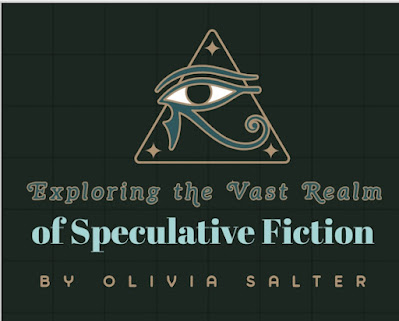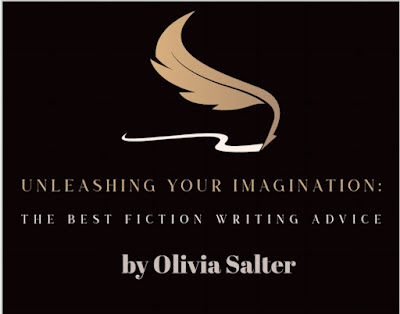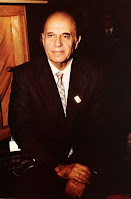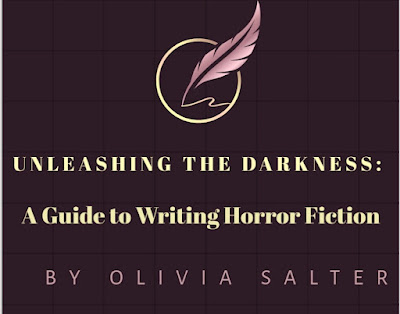Unleashing Your Writing: Creating a Visceral Connection with the Reader
by Olivia Salter
Writing is an art form that transcends mere words on a page. It has the power to evoke emotions, provoke thoughts, and create a visceral connection with the reader. When you write something down and it fails to ignite any sort of feeling within you, it's a sign that your words may be falling flat.
The act of putting pen to paper or fingers to keys is a deeply personal and intimate process. It allows us to express our innermost thoughts, fears, hopes, and dreams. But writing is not just about self-expression; it is also about communication connections and resonance. And for that to happen, our words must carry weight and evoke a response.
When you write something and it leaves you feeling indifferent, it often means that it lacks the power to move others as well. Writing that fails to evoke emotions can appear flat, uninspiring, and ultimately forgettable. It lacks the substance and depth that make it meaningful and impactful.
A piece of writing that truly resonates with others requires an emotional investment from the writer. It demands vulnerability, honesty, and authenticity. By tapping into our own emotions, we create a connection with the reader, allowing them to experience our words on a deeper level.
Think about some of the most memorable and powerful pieces of writing you have come across. Whether it's a poem that brings tears to your eyes or a novel that leaves you pondering its characters long after you've finished reading, these works have something in common: they have the ability to stir your emotions.
Writing that elicits a visceral response is intended to make you feel something. It could be joy, sadness, anger, nostalgia, or even a combination of emotions. Whatever it may be, the impact of the writing is measured by the strength of that reaction. It lingers in your mind and resonates deep within your soul.
When you write with genuine emotion, your words take on a life of their own. They become infused with your personality, your unique perspective, and your voice. This imbues your writing with authenticity and makes it relatable, allowing readers to connect with your thoughts and experiences.
However, writing with emotional depth does not mean simply pouring out your feelings onto the page. It involves crafting your words carefully to create a layered and nuanced experience for the reader. It requires skill in choosing the right words, establishing the right tone, and constructing a narrative that carries the reader along on an emotional journey.
So if you find yourself writing something but not feeling anything in return, take a step back and reflect on your words. Ask yourself if they truly reflect your emotions and if they carry the weight and impact you desire. Writing should be a visceral experience for both the writer and the reader. It should touch deep into the core of our being and leave an indelible mark.
In conclusion, writing that fails to evoke emotions and make you feel something is missing a crucial element. When you write, whether it is a novel, a poem, or a simple note, pour your emotions into it. Write with honesty, vulnerability, and authenticity. Only then will your words come alive, creating a visceral experience and forging a meaningful connection with your readers.






.jpeg)


.jpg)
